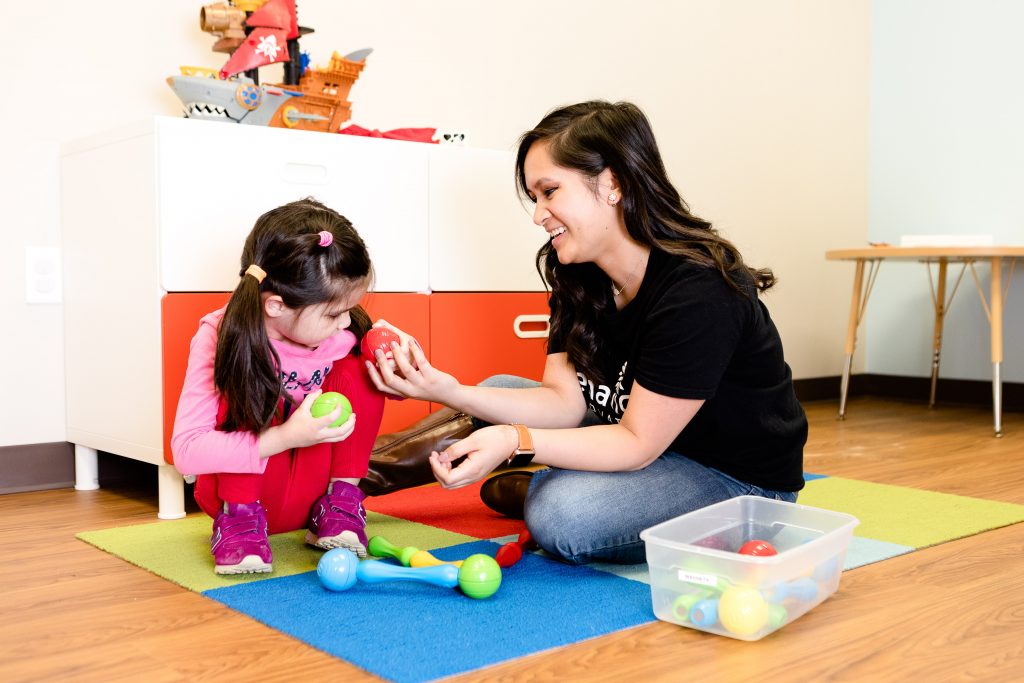Applied Behavior Analysis ABA therapy plays a vital role in assisting individuals with autism spectrum disorder (ASD) within ABA therapy Baltimore. This evidence-based method focuses on understanding and adjusting behavior through targeted interventions, making it a crucial component of the autism support system. Discussions surrounding public figures, such as whether Messi autistic, further highlight the importance of awareness and understanding in promoting effective support for individuals on the spectrum.
Exploring ABA Therapy
ABA therapy is rooted in behaviorism principles that suggest behavior is learned and can be modified. It originated in the mid-20th century and aims to enhance desired behaviors while reducing ones. It utilizes reinforcement techniques, systematic monitoring, and data collection strategies to devise tailored treatment plans.
In Baltimore, ABA therapy is often customized to suit each child’s requirements based on age, developmental stage, and distinct obstacles they face. This individualized approach ensures that interventions are effective in aiding children with autism to acquire skills in areas like communication, social interaction, and daily activities.
Local Community Assistance and Support
Baltimore benefits from a network of community groups committed to assisting individuals with autism and their families. The region offers resources like parent support groups, workshops, and educational sessions that promote ABA therapy knowledge and raise awareness about autism.
Frequently, these organizations work with experts to equip families with the knowledge and resources to advocate for their children. The Autism Society of Baltimore Chesapeake is a player in this support network, offering assistance to families navigating the complexities of autism treatment and providing guidance on accessing ABA services. This community involvement fosters a sense of community and encourages families to share their experiences, strategies, and mutual support.
In education, ABA influences teaching methods and classroom management practices. Many schools in Baltimore integrate ABA techniques into their programs to aid students with autism. Educators well versed in ABA can employ strategies tailored to their student’s learning preferences, fostering environments where all children can flourish.
Schools sometimes collaborate with ABA service providers to deliver therapy sessions on-site. This partnership enables children to receive support within a familiar and structured educational environment. As students progress in behavior and academic performance, their self-confidence often grows, resulting in improved outcomes. Studies have demonstrated that early intervention is essential for optimizing the effectiveness of ABA therapy.
In Baltimore, programs for children with autism stress the importance of access to ABA services upon diagnosis. Early intervention not only tackles issues but also concentrates on establishing fundamental skills that aid in long-term learning and social integration. Awareness campaigns in the community have helped highlight the signs of autism and the significance of intervention. By educating families and caregivers, these efforts reduce stigma and promote measures to facilitate access to ABA therapy and other crucial services.
Tailored Treatment Plans
A key aspect of ABA therapy is crafting treatment plans that cater to each child’s needs and objectives. In Baltimore, ABA professionals conduct assessments to identify difficulties and strengths. Using these evaluations as a guide, they develop interventions that target abilities like communication, social interaction, and self-regulation.
For instance, if a child faces communication challenges, the ABA therapist may concentrate on improving skills through reinforcement and modeling techniques. On the other hand, if a child displays behaviors, the therapist could devise strategies to address those behaviors while teaching alternative responses that are more appropriate.
Family Engagement and Training
Effective ABA therapy involves not the child but their family. In Baltimore, many ABA programs focus on training parents and caregivers to help them support their children’s progress at home. Parent training sessions cover strategies for implementing interventions, handling situations, and monitoring development. By involving parents in therapy, consistency is promoted, and there are better chances of achieving the desired results. Parents play a role in their child’s growth, gaining confidence in supporting and advocating for their child’s needs.
Positive Stories
Several families in Baltimore have shared experiences with ABA therapy. Parents often notice improvements in their children’s communication skills, social interactions, and behavior after participating in ABA services. These improvements benefit the children and bring their families relief and hope.
For example, one family tells the story of their son, who faced challenges before starting ABA therapy. With support, he has progressed by effectively communicating his needs and forming friendships at school. His journey showcases the impact of ABA therapy within Baltimore’s autism support network.
Future Trends in ABA Therapy
As awareness of autism grows in Baltimore alongside the recognition of ABA therapy’s effectiveness, new directions are emerging in the field. An important aspect to consider is how technology is incorporated into therapy methods. Developments, like virtual therapy sessions, apps for monitoring progress, and interactive educational tools, are improving the delivery of ABA therapies. These advancements increase access to treatment and enable real-time data gathering and analysis, leading to more precise intervention strategies.
Moreover, there’s a growing emphasis on promoting collaboration within communities involving service providers, schools, and families. This holistic approach aims to establish a system of care that ensures children receive support across all settings—from home to school and beyond. By nurturing partnerships among stakeholders, the community can create support networks that better cater to the diverse needs of autistic children and their families. Emphasizing training for educators and therapists in the ABA methods will further boost the quality of intervention offered to children in Baltimore.
Conclusion
ABA therapy’s role in Baltimore’s autism support network is crucial and multifaceted. By delivering evidence-based interventions customized to each child’s requirements, ABA practitioners in the region enhance the lives of individuals with autism and their families. Through community backing, educational integration, early intervention practices, and family engagement, ABA therapy nurtures an environment where children with autism can flourish.
As awareness grows and resources increase, ABA therapy’s influence is set to pave the way for a future for individuals seeking autism support in Move Up ABA Maryland. With research and advocacy efforts, the community can enhance resources to guarantee that all children with autism receive the support needed to unlock their capabilities thoroughly.



